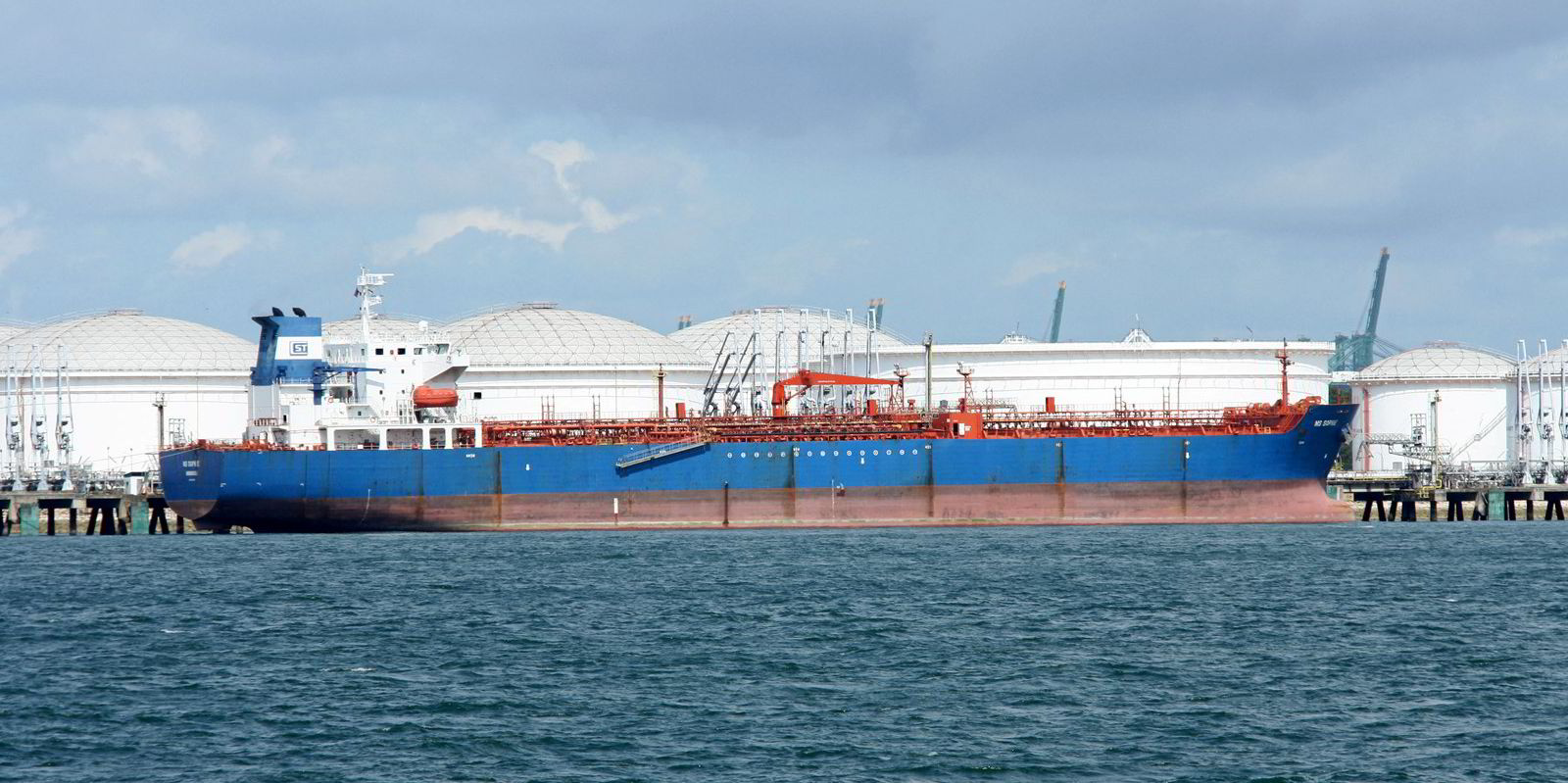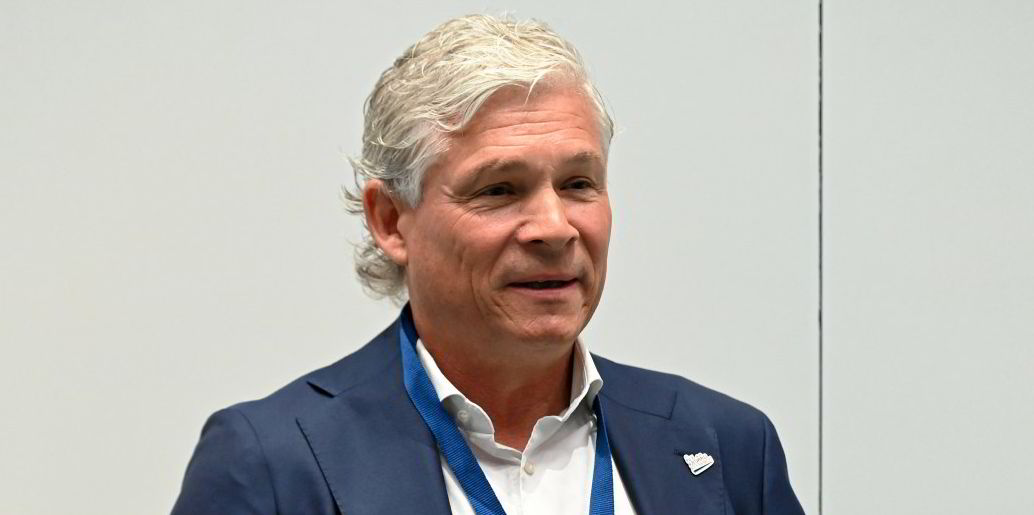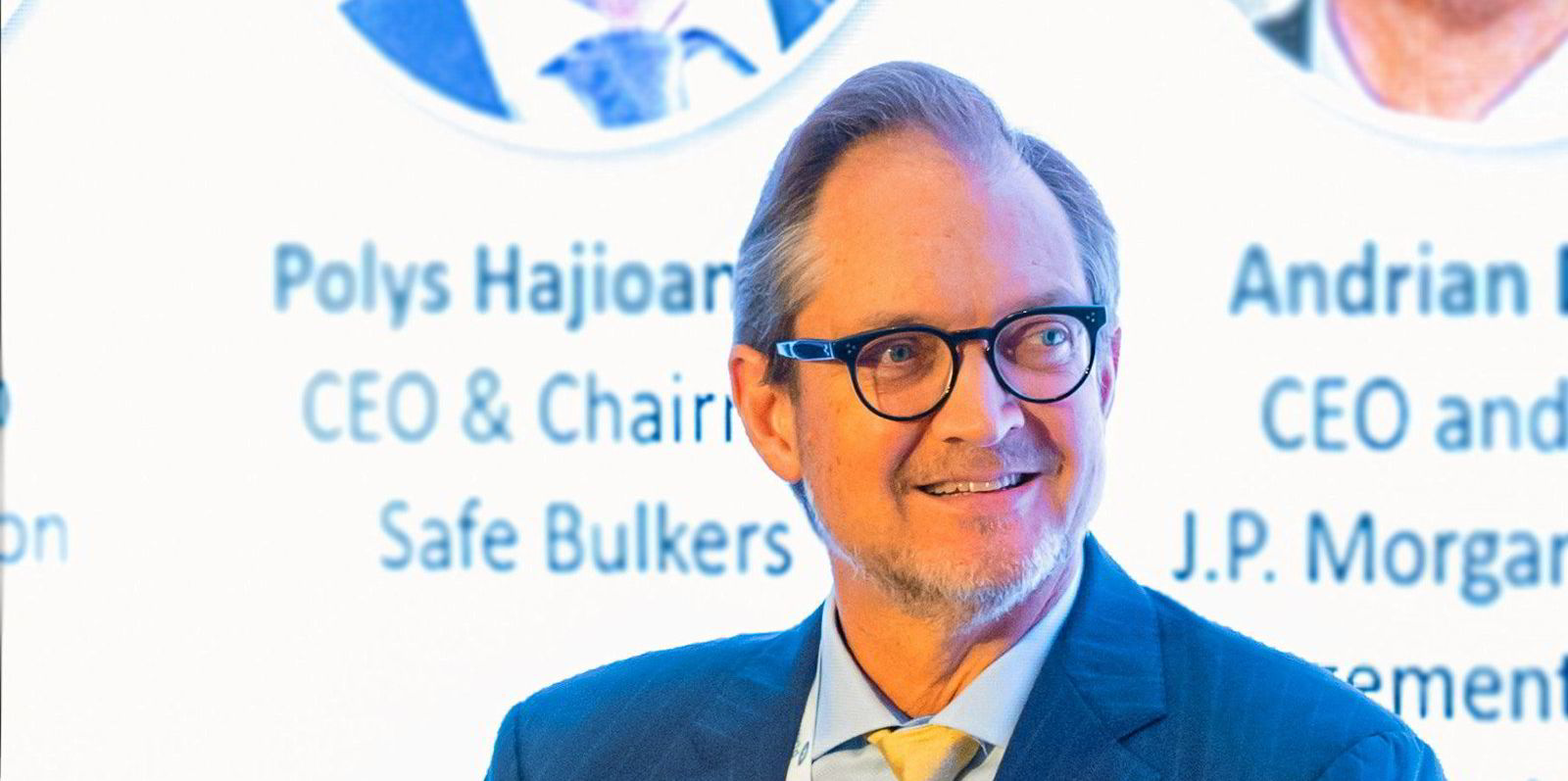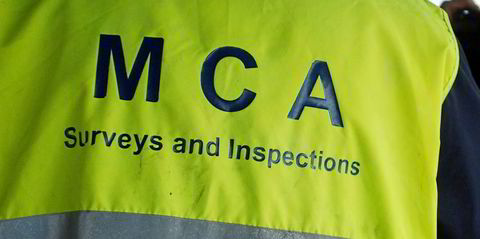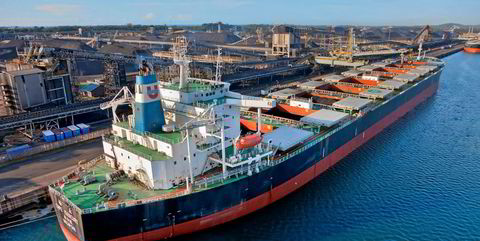MR product tanker newbuilding prices have breached the $50m barrier for the first time since the 2008 global financial crisis.
South Korea’s HD Korea Shipbuilding & Offshore Engineering has won a contract with an Asian buyer for four product carriers worth KRW 278.9bn ($207m), or $51.75m each.
It did not disclose the buyer’s identity in a statement to investors but said subsidiary shipyard Hyundai Mipo Dockyard would be building the quartet.
The tankers are scheduled to be delivered by August 2026.
Shipbuilding players said domestic owner Pan Ocean is behind the order for the 50,000-dwt MR tankers.
The newbuildings are said to be the standard design and will be powered by conventional marine fuel.
One newbuilding broker believes the price tag of $51.75m includes the cost of scrubbers.
This is the first time the price for a newbuilding MR tanker has topped the $50m mark since the financial market crash in 2008.
According to Clarksons’ Shipping Intelligence Network, an MR tanker newbuilding in 2007 was priced at $52.5m and $53m in 2008.
But with the market downturn, the price tumbled to $35m in 2009. The record low for a 50,000-dwt tanker was $33.8m in 2017.
Buoyant market
Banchero Costa global head of research Ralph Leszczynski said the MR market is doing well and believes it can be sustained.
“We already had all the positive longer-term trends like western Europe becoming more and more dependent on imports of clean products, as refineries in Europe are old, inefficient and increasingly limited by tougher environmental regulations,” Leszczynski said.
“As a result, Europe steadily imports more products from the Arabian Gulf countries and India, where there are large and very efficient new refineries built in recent years.
“And, on top, we have the inefficiencies coming from the current geopolitical environment. In particular, Russian clean products exports which used to go primarily to western Europe are now redirected to Turkey, West Africa and even South America — which extends trade distances and adds to tonne-mile demand.”
Leszczynski added that the orderbook for MR tankers remains quite modest when considering fleet replacement needs.
“For the next two to three years there are just about 50 or 60 MR units per year expected to be delivered according to the current orderbook,” he said.
“But if you look at how many MR tankers were built in the 2000s, at the time we had over 100 units delivered each year, it was the historical peak in deliveries of product tankers in the run-up to the 2007-2008 market bubble, and those vessels cannot really trade much beyond 20 years of age.”
So, the current orderbook for 2024 and 2025 does not reach even half the vessels built annually 20 years ago.
Slots freed up
Shipbuilding sources said Pan Ocean paid a “premium price” on the MR tankers for delivery of two in the first quarter of 2026 and the other two in the second and third quarters.
“HMD has these early slots because of the two ropax newbuildings cancelled by KiwiRail,” one newbuilding broker said.
KiwiRail ordered a pair of 53,000-gt ropaxes at HMD in June 2021 to be delivered in 2026 for $369m.
In February, the state-owned company officially terminated the contract following the government’s decision not to provide NZD 1.47bn ($917m) for the Inter-Island Resilient Connection project.
There is conflicting information on the number of slots freed up, with some observers saying six and others two.
A diversified shipping company, Pan Ocean owns about 112 vessels, according to Clarksons. The fleet includes VLOCs, VLCCs, LNG carriers, chemical tankers and various bulkers.
The company owns 10 MR tankers, of which four were built in 2021.


